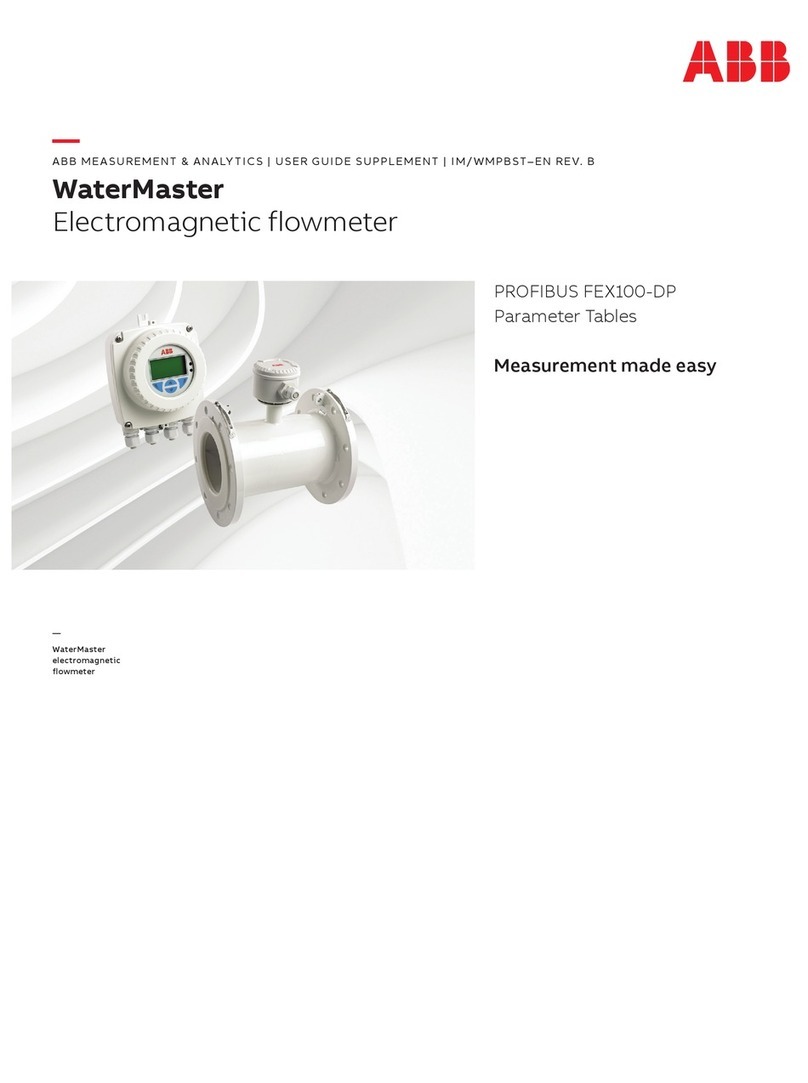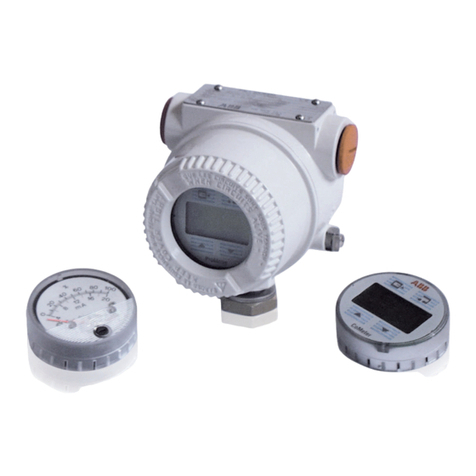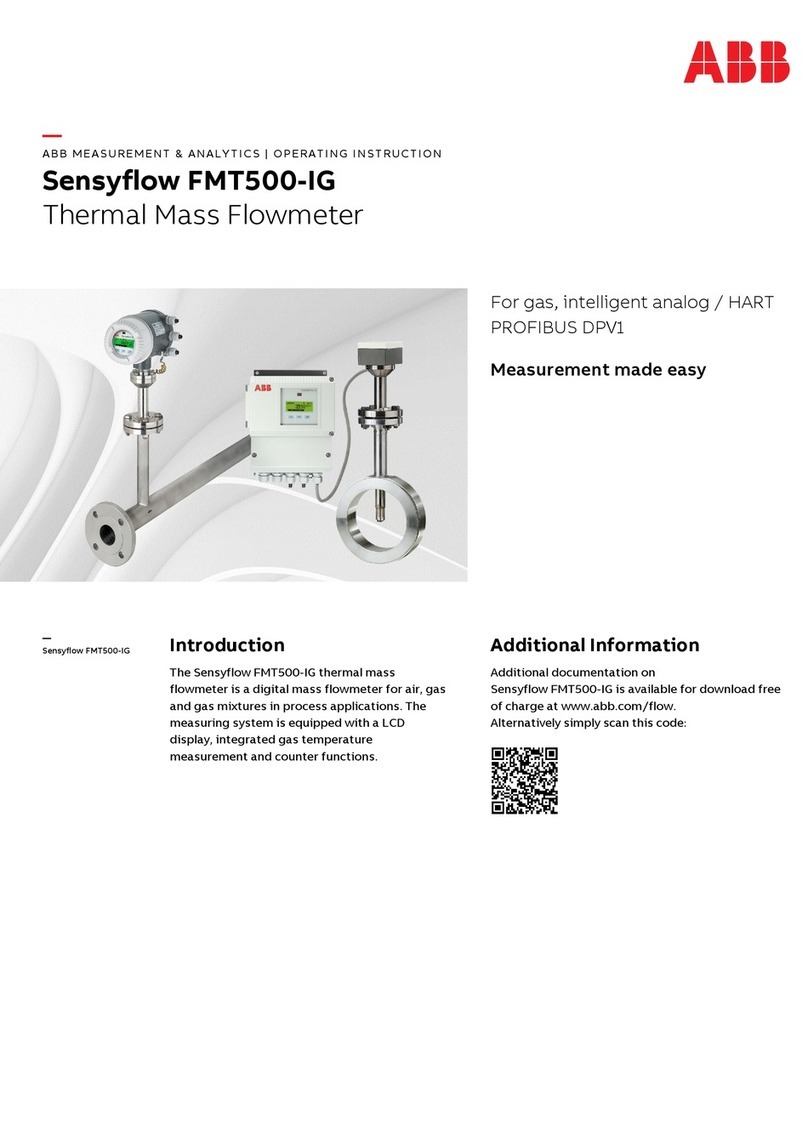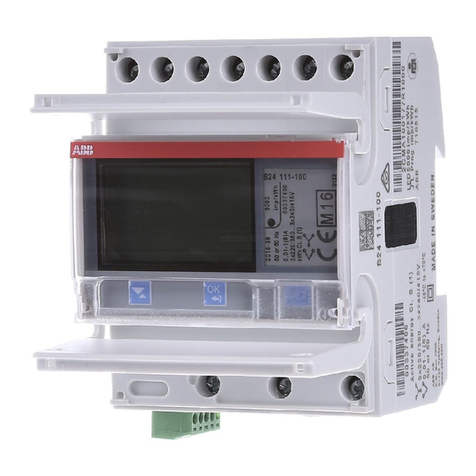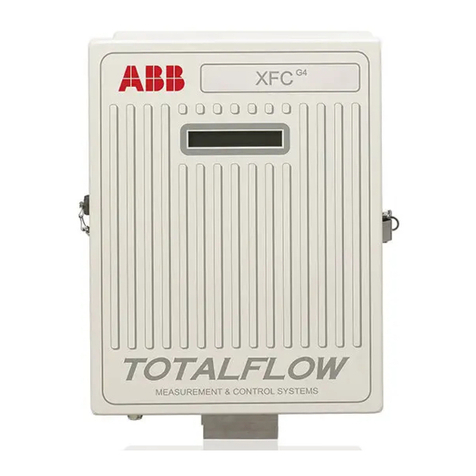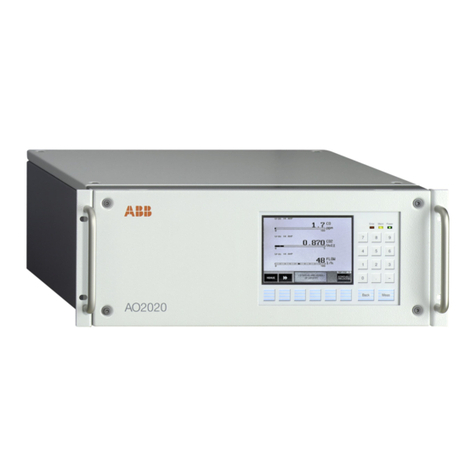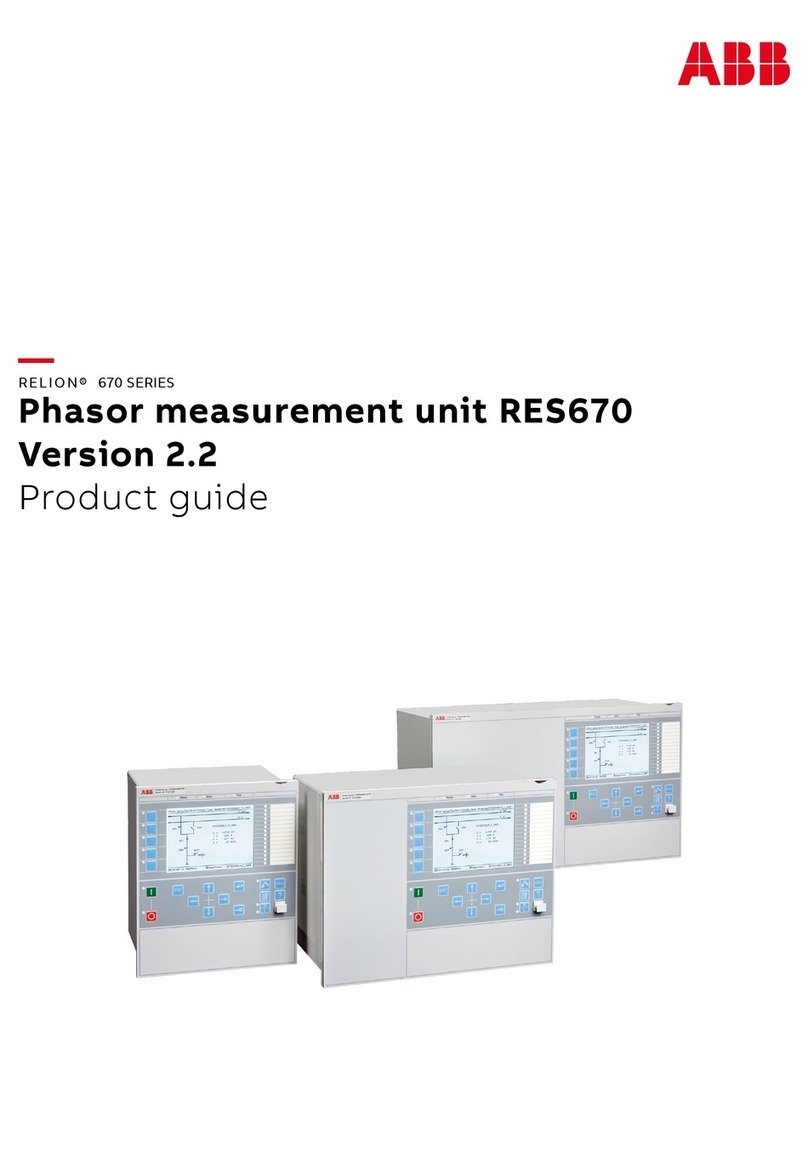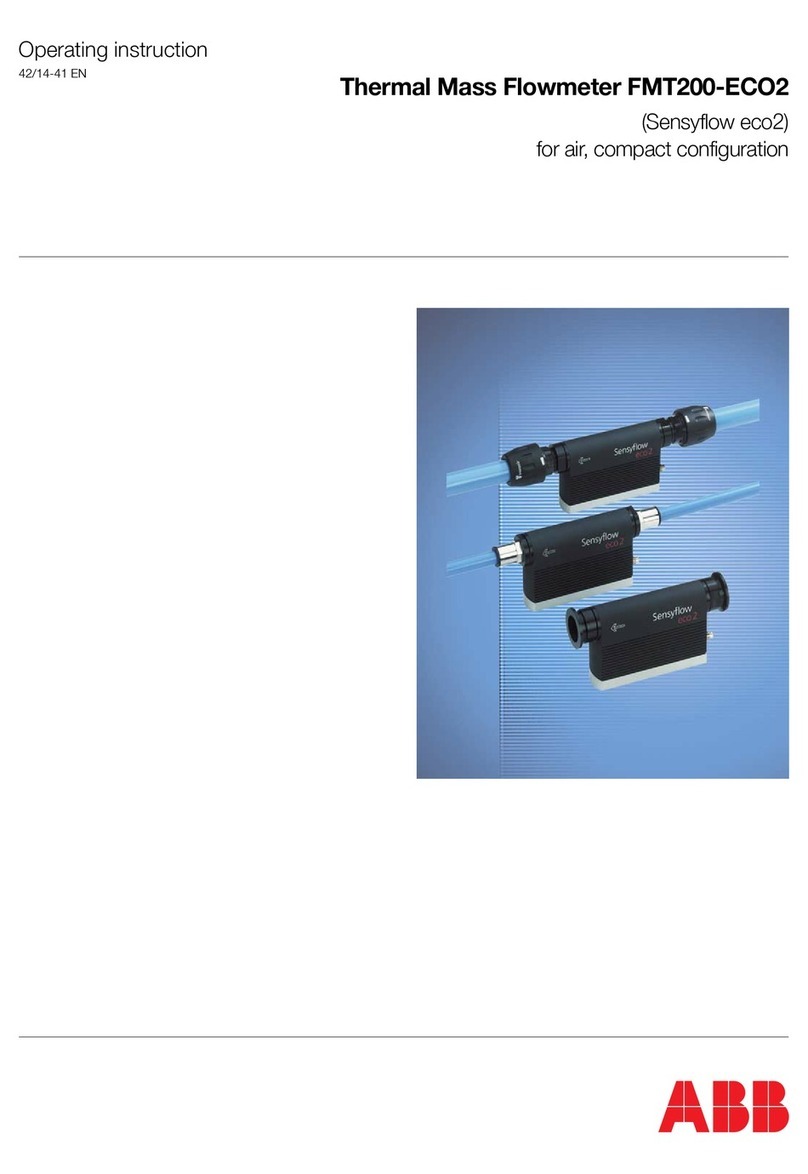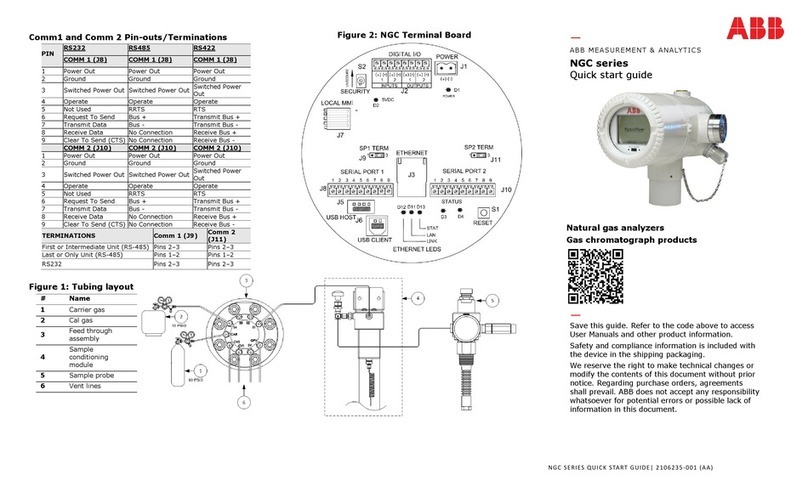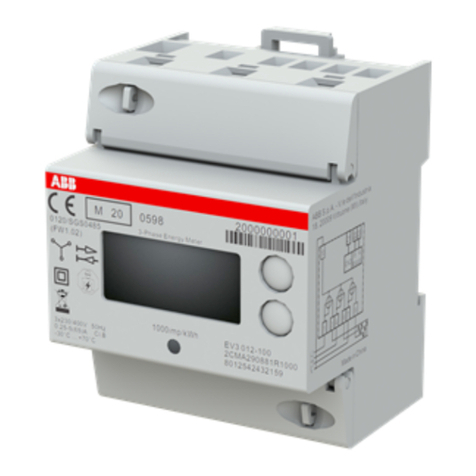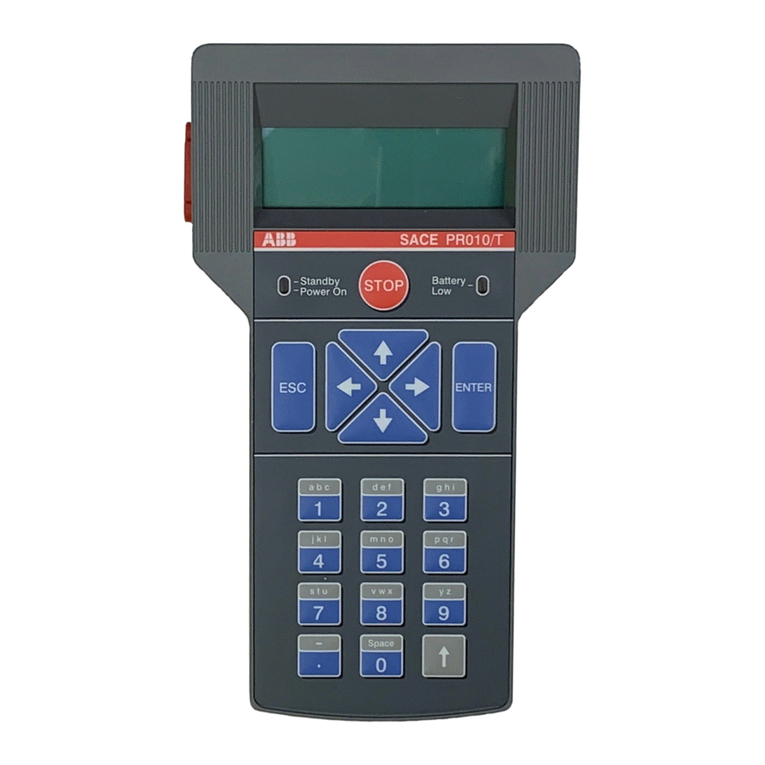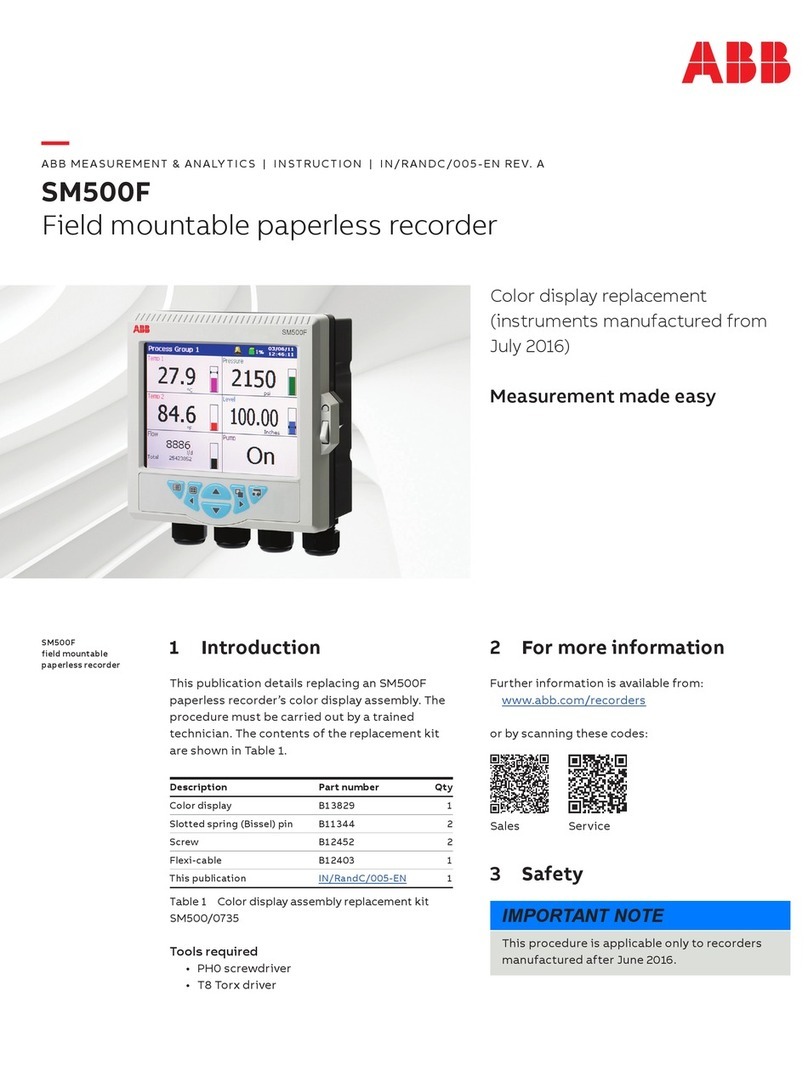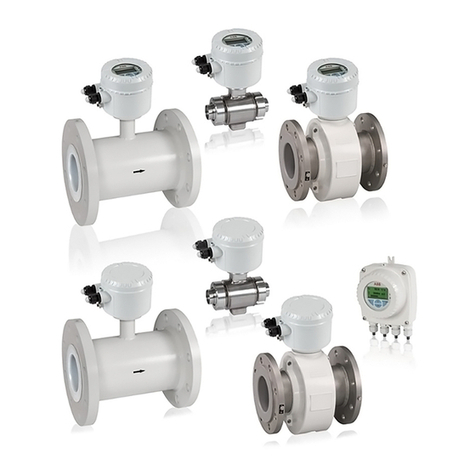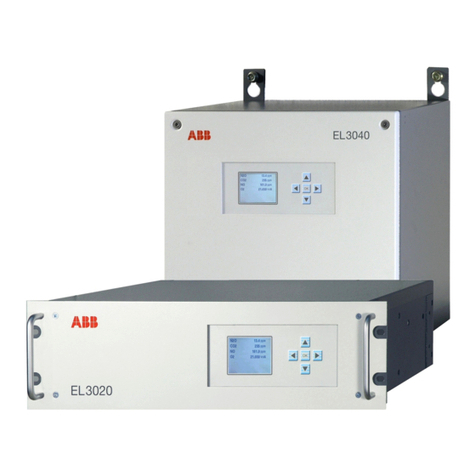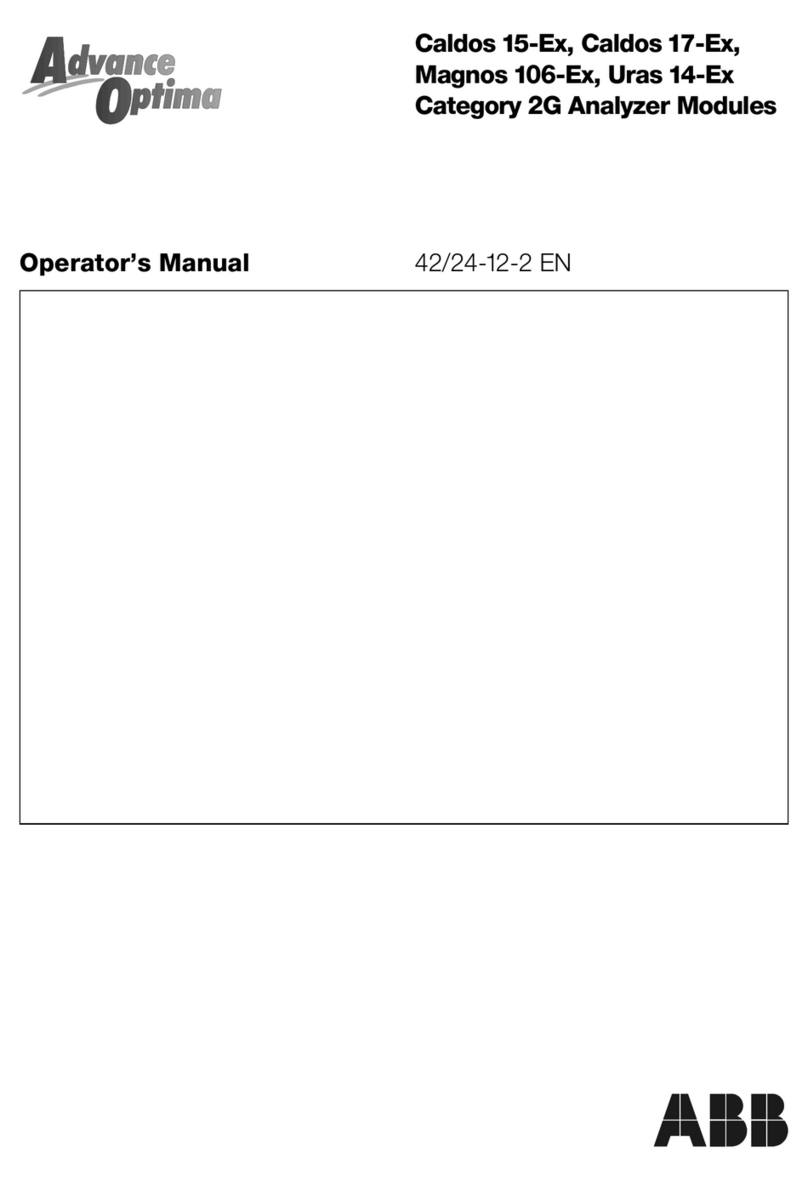
2 GAA610-M ADVANCED EMISSION GAS MONITORING SYSTEM | OI/GAA610-M-EN REV. B
Table of contents
1Safety ........................................................................ 5
General information and instructions.................................5
Warnings..................................................................................5
Warranty provisions...............................................................5
Intended use............................................................................6
Improper use...........................................................................6
Safety instructions.................................................................6
Requirements for safe operation ....................................6
Personnel qualifications ...................................................6
Special information and precautions .............................6
National regulations..........................................................6
Safety of the equipment and safe operation.................6
Working with hazardous gases........................................ 7
Protective lead connection...............................................7
Risks involved in opening the covers ..............................7
When safe operation can no longer be assured ............7
Risks involved in opening the gas paths ........................7
Notes on data safety..............................................................7
Services and ports on the Ethernet interface................7
Access authorizations.......................................................7
Manufacturer’s address.........................................................8
Service address.......................................................................8
2Design and function................................................. 9
Measuring principle................................................................9
Device description..................................................................9
Type approvals ...................................................................9
Measurement ranges ...........................................................10
Inputs and outputs...............................................................10
Analog output ..................................................................10
Digital output ...................................................................10
System structure .................................................................. 11
System cabinet................................................................. 11
System schematic............................................................ 12
Sample Gas Cooler SCC-C............................................... 13
Sample Gas Feed Unit SCC-F .........................................14
3Product identification ............................................15
Name plate ............................................................................15
Plates and symbols ..............................................................15
Scope of delivery .................................................................. 15
4Transport and storage............................................16
Safety instructions...............................................................16
Inspection ..............................................................................16
Transporting the device ......................................................16
Transporting the analyzer cabinet ................................16
Unpacking the analyzer cabinet.....................................16
Storing the device ................................................................ 17
Ambient conditions......................................................... 17
Packaging .............................................................................. 17
Returning devices................................................................. 17
5Preparation for Installation ...................................18
Safety instructions ...............................................................18
Installation – Overview .........................................................18
Requirements for the installation site...............................18
Choosing the extraction point .......................................18
Wall tube installation .......................................................18
Short gas paths ................................................................19
Protection from adverse ambient conditions..............19
Installation indoors..........................................................19
Dimensions and space requirement..............................19
Installation site stability..................................................19
Climatic Conditions .........................................................19
Backpurging Unit ................................................................. 20
Design of the back-purging unit ................................... 20
Distance to sampling probe .......................................... 20
Protection from adverse ambient conditions............. 20
Instrument air supply ..................................................... 20
Power supply ........................................................................ 20
Sample gas inlet conditions ............................................... 20
Dimensions............................................................................21
Analyzer cabinet ...............................................................21
Type 40 probe tube and filter unit................................ 22
Backpurging Unit ............................................................ 23
Material required for installation....................................... 24
Gas sampling ........................................................................ 24
Gas lines............................................................................ 24
Mounting material........................................................... 24
Cable specification ......................................................... 24
6Installation...............................................................25
Probe tube and filter unit installation............................... 25
Before the installation.................................................... 25
Filter unit overview ......................................................... 25
Installation ....................................................................... 26
Sample gas line installation.................................................27
Installing the sample gas line.........................................27
Fundamentals for laying the sample gas line ..............27
Procedures for laying the sample gas line................... 28
Permissible values for laying the sample gas line ...... 29
Back-purging unit installation............................................ 29
Before the installation.................................................... 29
Installation site................................................................ 29
Connecting the compressed-air tubes ........................ 29
Analyzer cabinet installation .............................................. 30
Transporting the analyzer cabinet................................ 30
Unpacking the analyzer cabinet.................................... 30
Mounting the analyzer cabinet...................................... 30
Connecting the condensate water drain of the cabinet air
conditioner............................................................................30

